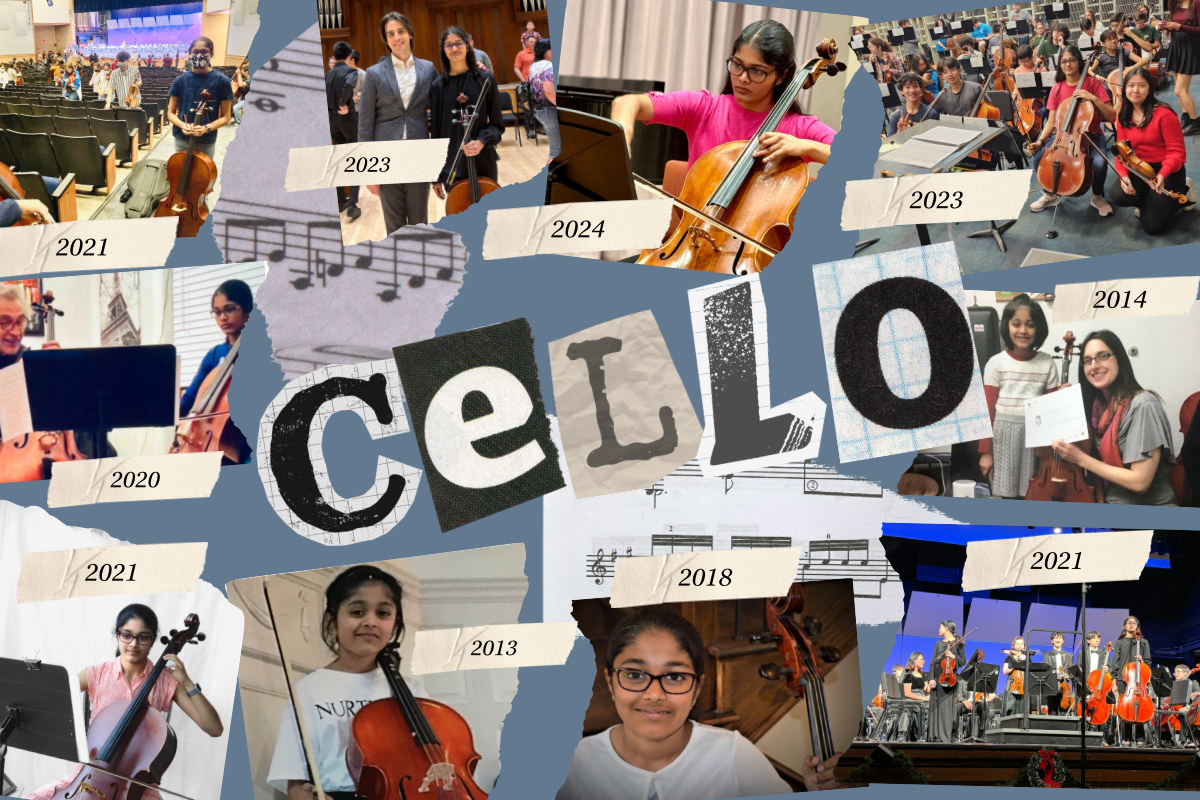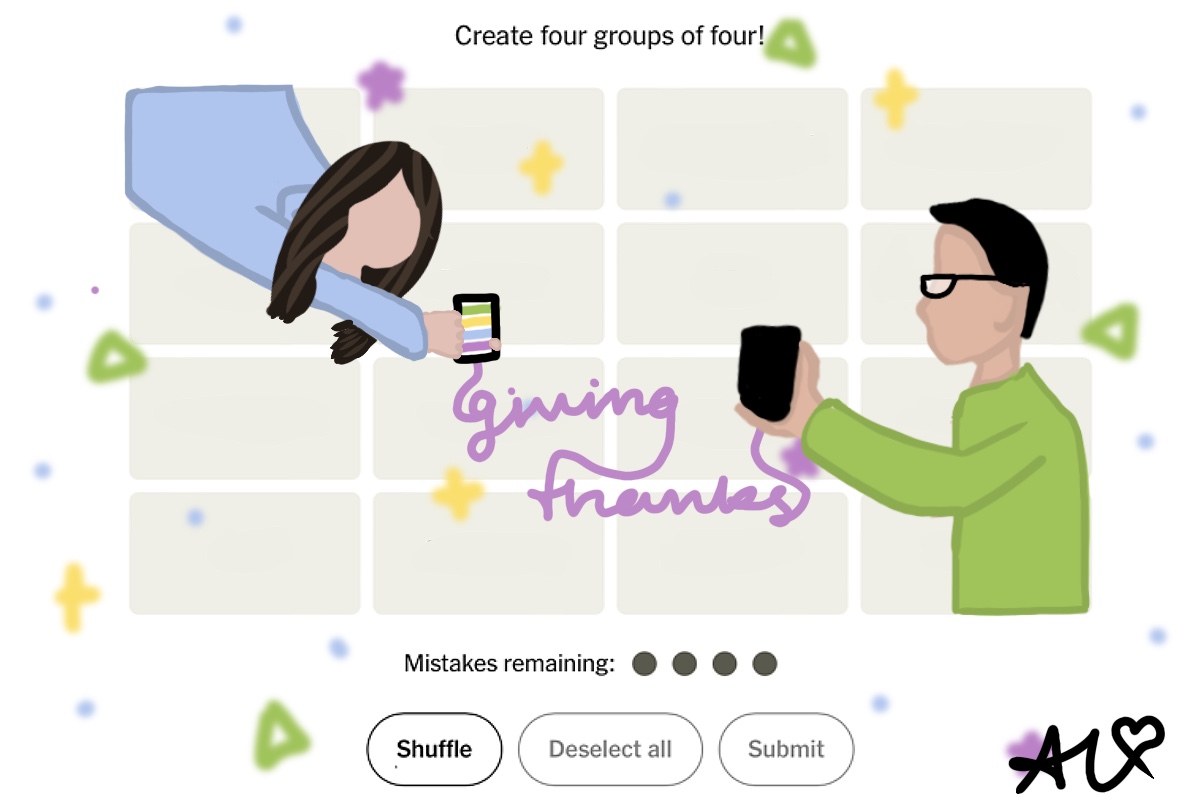“When would I ever see this in the real world?”
This is a question that pervades the minds of many high school students. And they can not be blamed for feeling this way.
After all, when students learn class content through the pages of textbooks and Google Slides presentations, it is difficult to envision an educational field in the world beyond a classroom.
This is why students need to get out of the classroom. They need to see the coniferous trees they are learning about in science class. They need to see the display of the World War II veteran’s armor they learned about in history class. They need to see class content around them.
This is where the appeal of field trips come from. Field trips such as going to a museum or a nature park always piqued my interest as a kid, but I found their occurrence fading away as I got older.
In elementary school, we took a grade wide field trip every year to places such as the Perot Museum, Fossil Rim and Allaso Ranch. As we grew older, and our times tables were replaced with textbooks, we became increasingly confined to our classrooms. Field trips have also declined due to the COVID-19 pandemic, as Coppell ISD put restrictions on many field trips until last year.
Field trips in schools not only increase students’ understanding of concepts, but also increase historical empathy, the ability to put themselves in the shoes of those around and before them.
Skills such as these allow students to better understand the world around them and see why learning specific concepts is so important.
The only non-competition field trips that I have ever been on in high school were field trips to The Dallas Morning News and D Magazine with The Sidekick. Going on these trips helped me experience a day in the life of a journalist, and how to apply the Society of Professional Journalists Code of Ethics I am lectured about every Monday in a real job.
In contrast, I have never been on a field trip in a core curriculum class, and have found myself unenthused and overwhelmed by barrages of lessons. While I know finding the circumference of a circle has to serve some purpose, it is difficult to understand its use outside of my test.
Arguably, high school students are learning the most content and are always pushed to apply their knowledge beyond high school, so what better way to apply class content in the real world than to see it in the real world?
More field trips would encourage students to ask more questions and connect what they learn to other subjects. In our only increasingly competitive environment at Coppell High School, students lose sight of why they want to take classes they chose. Taking field trips can reunite students with the reason they chose a field, and remind them of what the future holds for them beyond high school.
Adding more field trips at CHS could help open students’ eyes to new modes of education and will help teachers get students interested in curriculum. When I type this within the confines of classroom walls, I imagine myself in a new, real, immersive environment.
Follow @anvita_bondada and @CHSCampusNews on X.
This episode of The Talk is a follow up on this column by speaking to associate principal Zane Porter regarding the process and funding for high school field trips.












Sahasra Chakilam • Apr 29, 2024 at 3:29 pm
So good!